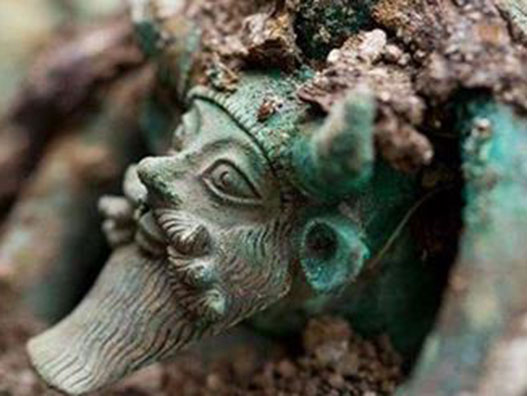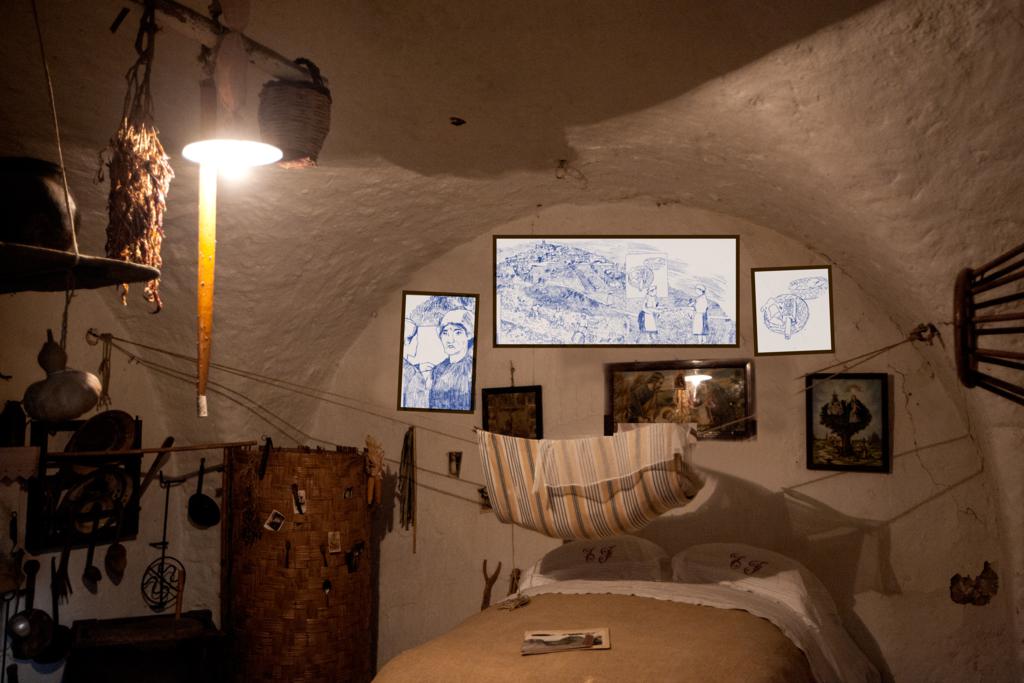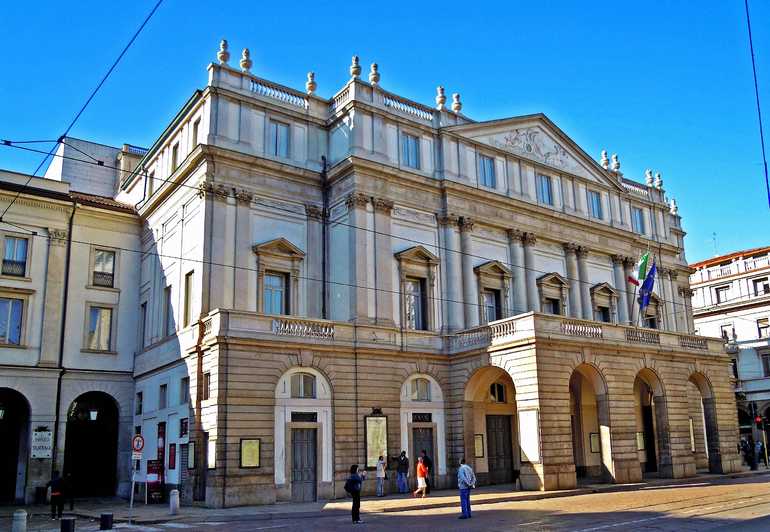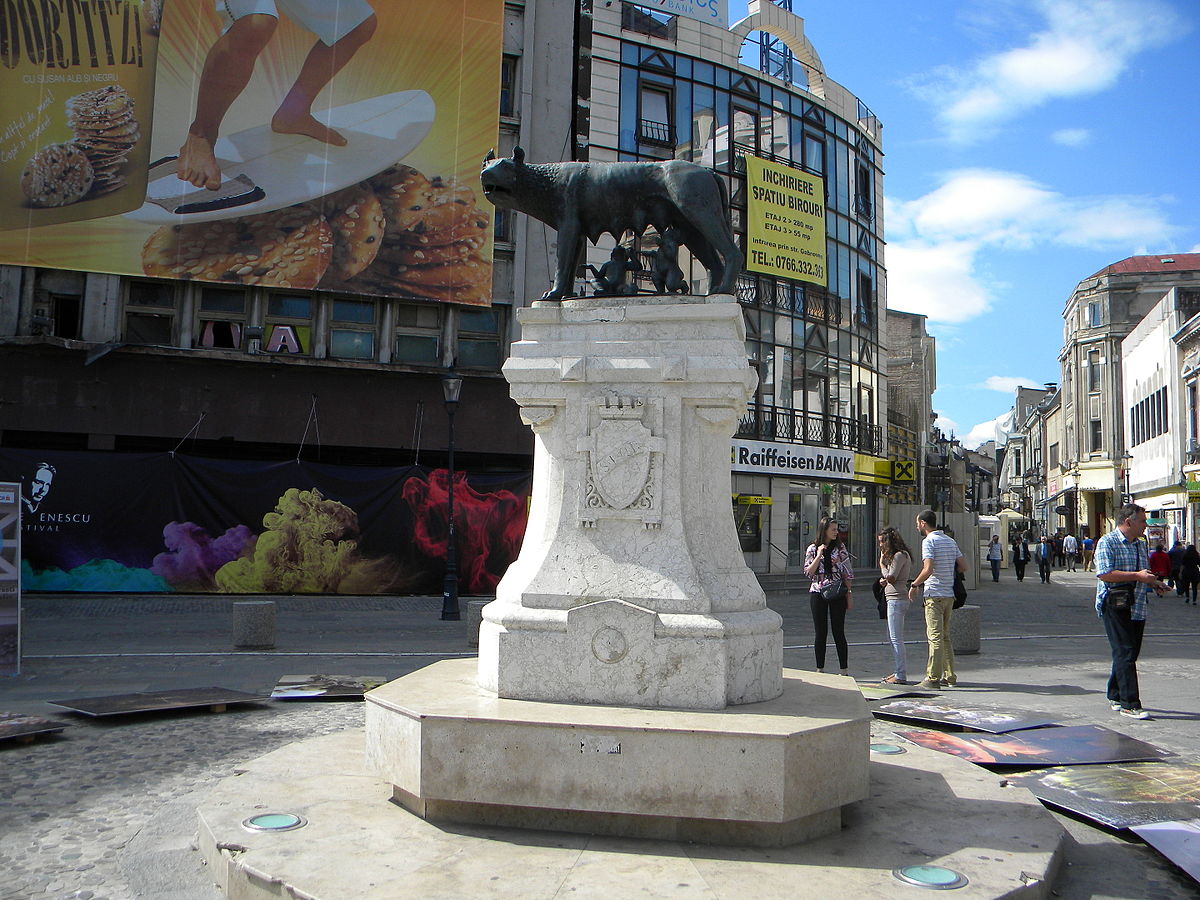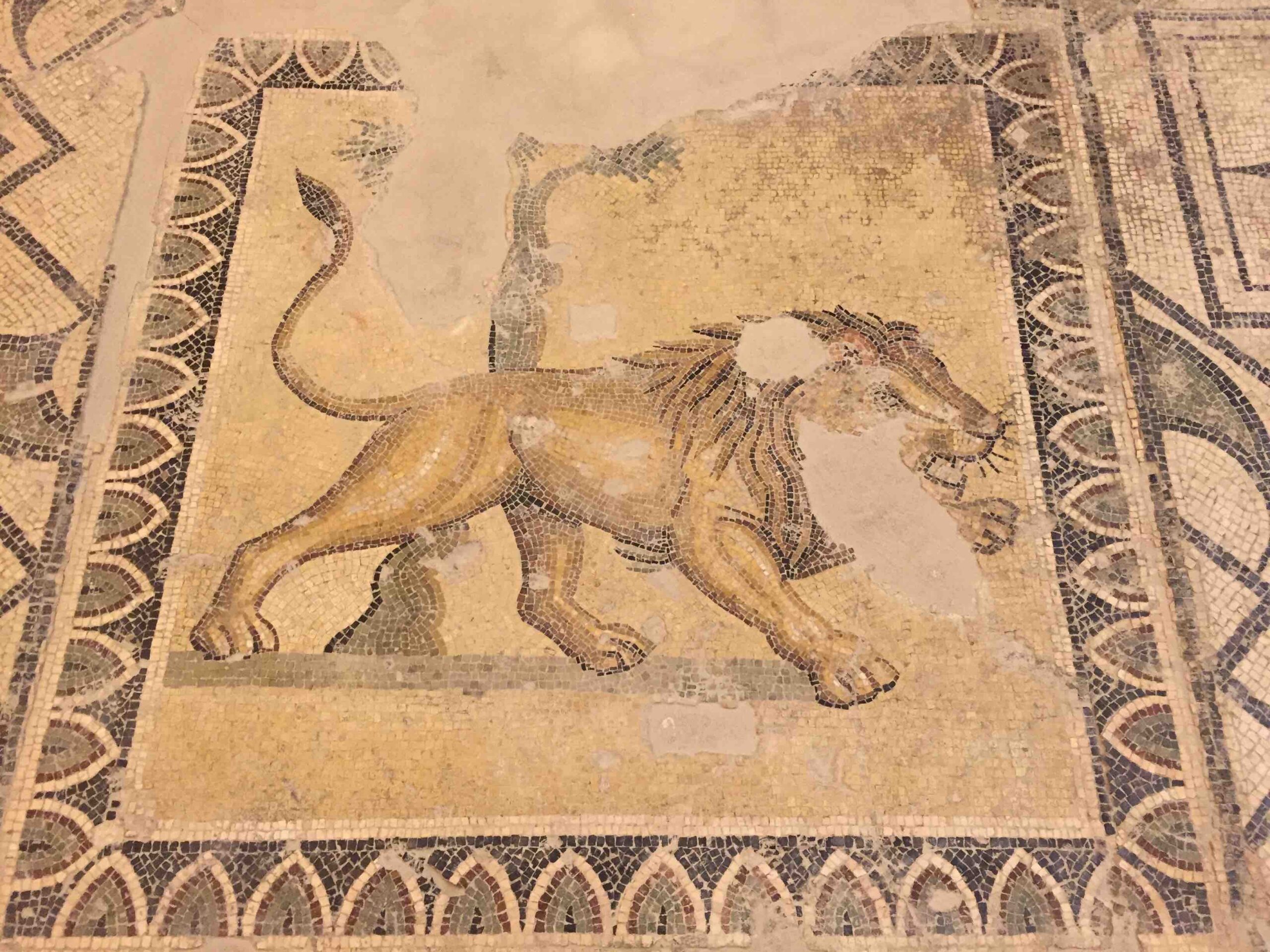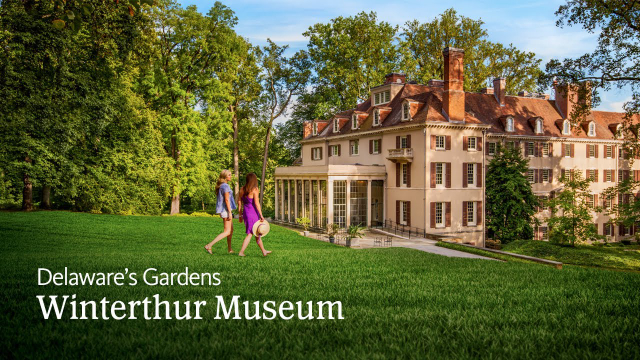The Grand Council of the city founded the Archaeological Museum in 1561. During 1800 the collection of Roman tombstones was enriched with those of P. Vimercati Sozzi and G. Mantovani and later with the findings of the Archaeological Superintendence of Lombardy.
The prehistoric section includes pieces from the Neolithic period to the Iron Age of the territory of Bergamo. Particularly important are the cinerary urns from the Golasecca cemetery in Brembate di Sotto. Several pieces from burial sites are Gallic artefacts and objects of Roman culture.
The Lapidary section shows Roman tombstones that bear witness to the presence of indigenous Celtic families and Roman citizens who had moved north.
In the section dedicated to the city, the history of Bergamo is told, from the protohistoric settlement of Golasecca to the Roman Town Hall.
The frescoes found in a domus can be dated between the end of the 1st and 2nd century AD.
The statues draw attention for their high quality and antiquity (1st century B.C.).
The early medieval section shows Gothic and Lombard pieces, including a remarkable warrior arsenal. Some gold leaf crosses are excellent works of art.
